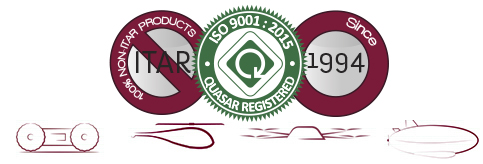Triple redundancy (3X) gives autopilot technology the reliability necessary to safely carry out sensitive flight missions and transport valuable payloads. A triple redundant arrangement is comprised of three similar software and hardware systems. If any one of the three systems fails, the remaining two take over, offering a double redundancy arrangement. If one of the other two systems should fail, the third takes over. An additional mechanism is also included to oversee these three systems. Triple redundant systems are highly tolerant of autopilot hardware failures. |
| This white paper explains how to select a quality unmanned aerial vehicle (UAV) vendor. Three key concerns covered are: (1) evaluating a vendor’s reliability, (2) researching the quality of components used, and (3) learning how a vendor can fill future needs. |
| This white paper details why MicroPilot offers unmanned aerial vehicle (UAV) manufacturers a better value than they would gain when designing autopilot systems in-house. For example, MicroPilot’s access to quantity discounts and its ability to invest in efficient production technology, keeps pricing low. Moreover, MicroPilot's years of experience within the UAV autopilot industry, allows this company to produce reliable, cutting-edge autopilots. |
| This white paper points out the drawbacks of open source UAV autopilots over the advantages of a commercial solution. With open source alternatives, customers may have to share their code modifications with competitors or delay production due to complications. In addition, open source companies typically are not able to invest in as much high-tech production equipment as commercial manufacturers. |

